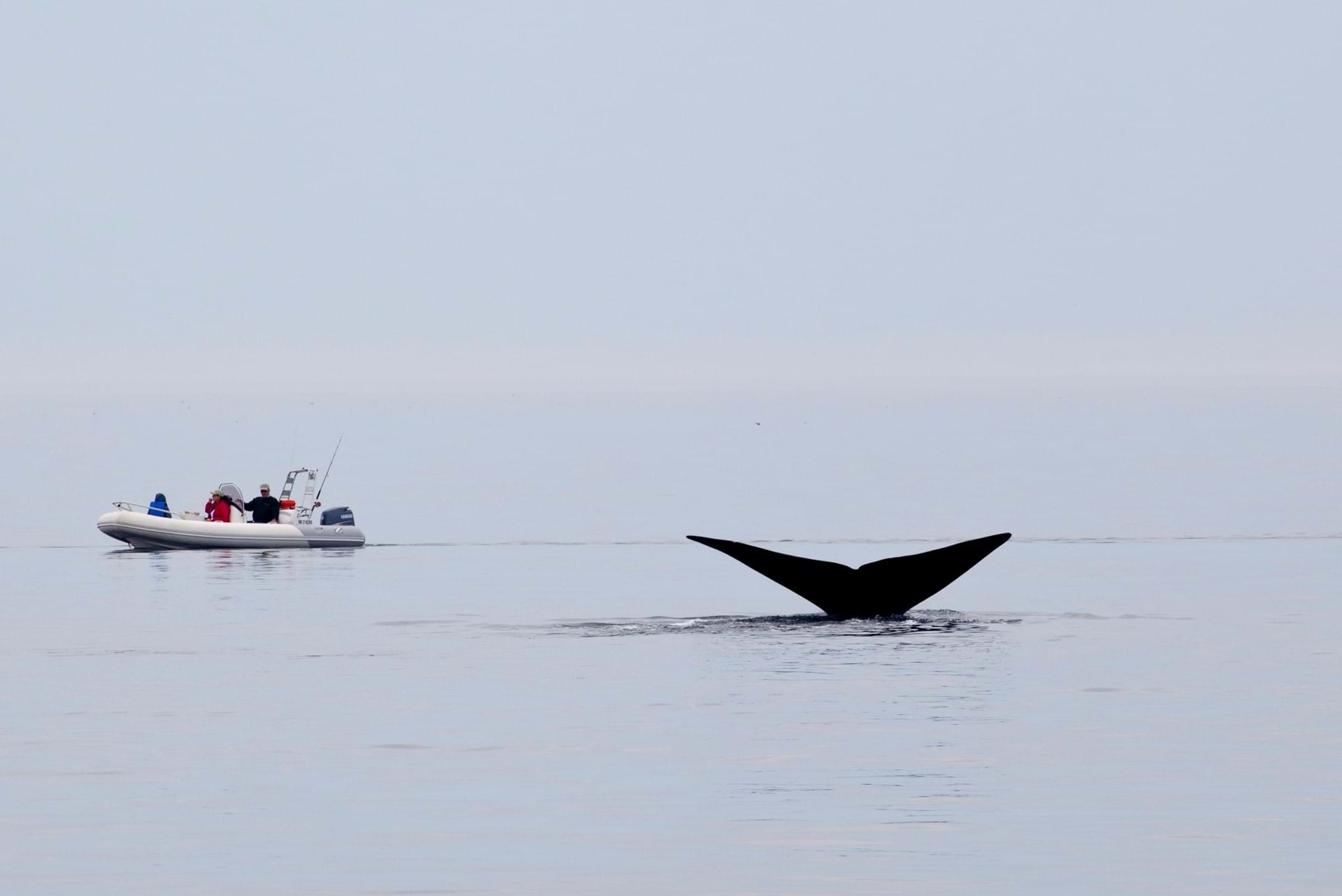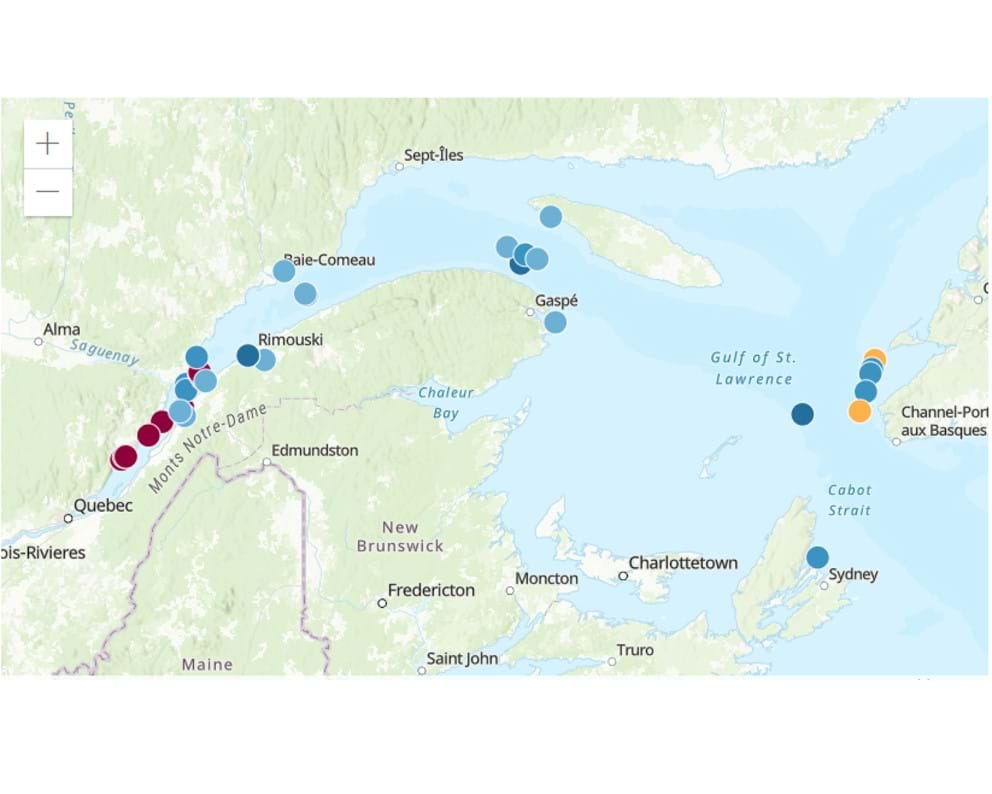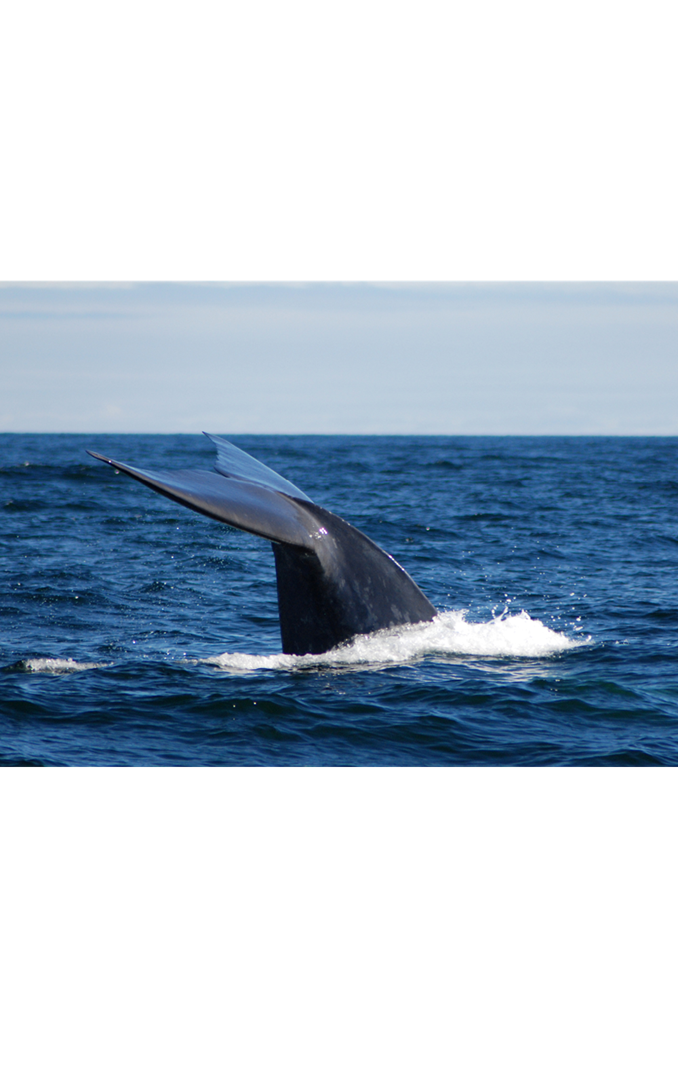
Navigating whale habitat
ConservationMariner sightings help update Northwest Atlantic whale distribution maps
Working on the Navigating Whale Habitat project led by the Marine Mammal Observation Network (MMON) in partnership with others has been one of Sigrid Kuehnemund’s favourite projects since joining WWF-Canada almost seven years ago.
“It’s so great how this site now offers a single platform for anyone operating a boat in Eastern Canada’s whale habitat,” says Kuehnemund, WWF-Canada’s Vice President, Wildlife & Industry. “And it was such a pleasure to be part of all this extensive collaboration spearheaded by MMON to simplify access to all the regulations, voluntary measures and other information online because I know from our involvement in other working groups that it can become confusing or overwhelming.”
“And it was such a pleasure to be part of all this extensive collaboration spearheaded by MMON to simplify access to all the regulations, voluntary measures and other information online because I know from our involvement in other working groups that it can become confusing or overwhelming.”

WWF-Canada was primarily tasked with updating information in A Mariner’s Guide to Whales in the Northwest Atlantic.
The Shipping Federation of Canada (a Green Marine founding association member) originally approached ROMM to collaborate on the guide with the help of Green Marine and others.
“First published in 2014, the guide was becoming out of date, so our part of the project was to revise the whale distribution maps to make the guide’s second edition published in May 2021 more current,” Kuehnemund says, adding that the changing distribution of the endangered North Atlantic right whales and the need to develop tools to help mitigate industry impacts was a key focus for WWF-Canada.

“Around 2017, the North Atlantic right whale started to move farther north after its food source into the Gulf of St. Lawrence, which is a much busier place in terms of shipping and boating activities than their traditional feeding grounds, which resulted in a higher number of whale mortalities,” Kuehnemund explains. “With only about 360 of these whales left, the Canadian government is committed to their protection, as is the maritime industry and groups like ours, so this platform really helps by providing the latest up-to-date information in a one-stop shop to protect right whales as well as other species.”
The biggest enhancement to this guide is that it includes so much valuable data from the maritime industry’s observation members.
The updated guide also takes a new approach to highlighting risk areas where mariners should exercise additional caution. “The biggest enhancement to this guide is that it includes so much valuable data from the maritime industry’s observation members,” Kuehnemund emphasizes. “The reporting of sightings has encouraged mariners to take ownership of this issue by avoiding or slowing down in areas where there might be whales, and by filling the gaps with their observations to help validate scientific datasets, especially from remote or hard-to-monitor locations.”
As oceans warm in response to climate change, the observational data provided by mariners will become all the more important in determining the whereabouts of whales as their food sources will likely continue to shift to new locations, Kuehnemund says.


